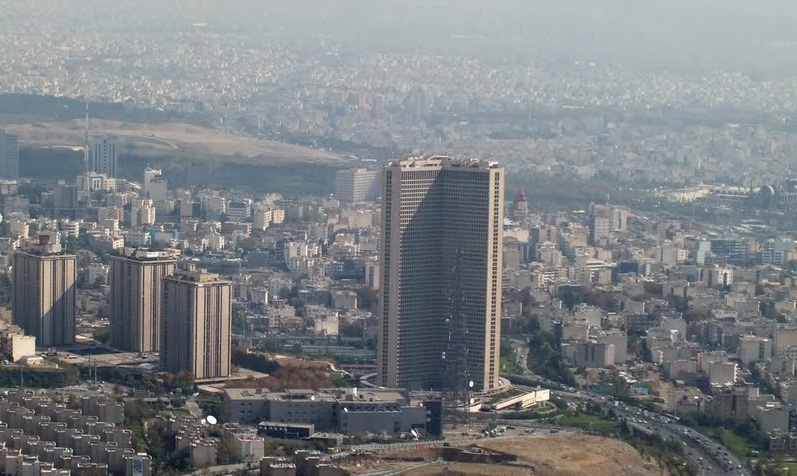Official statistics show the housing sector recently experienced a hike in prices but the increase has not been in line with inflation, which means that the sector is still in recession.
According to a report published by the Statistical Center of Iran on home prices in Tehran during the summer, average prices registered a 6% growth compared with the same period of last year.
The average price of houses in Iran reached 42.72 million rials ($1,070) per square meter during the period. Home prices dropped by 0.2% compared with the first quarter.
SCI data also show that the total number of home sales in Tehran City grew by 24.9% compared with the previous quarter. Lands and old houses were sold at an average price of 45 million rials ($1,128) per square meter during this period, marking a 3.3% growth year-on-year.
Rents experienced a 9.9% growth during the summer.
Ali Chegini, the director general of the Planning and Economy Office at the Ministry of Roads and Urban Development, believes that a high volume of supply in the past few years, coupled with a decrease in demand, has been the main cause of the enduring stagnancy.
"Studies show that as a result of an unfriendly business climate in various economic sectors and financial repression between 2010 and 2013, the housing sector attracted a high volume of investment during this period," Chegini said in a talk with ILNA regarding the reasons behind the negative growth in the housing sector.
"Considering the two-to-three year period of home construction in Iran, these investments resulted in the entry of a high volume of completed housing units in the market during the past couple of year."
The official noted that as a result of a decrease in the purchasing power of potential homebuyers, which itself was caused by years of sanctions and a decline in marriages, "demand in the housing sector experienced a slide".
Chegeni noted that the size, price and, therefore, the value of residential units are not in line with the economic conditions of homebuyers and that is another reason for the prevailing glut.
This also traps a significant portion of the country's and investors' assets in the housing sector, "which has had adverse affects on the mindset and capability of investors in reentering the housing sector".
Stoking Demand
Advocating support for increasing demand, the official emphasized that the funds needed to stimulate construction in distressed areas and create demand in other urban areas are lacking. He also noted that past experiences have showed that using "the strong assets of the Central Bank of Iran" could entail negative economic repercussions in the medium- and long-term for all households, especially those without homes.
"On the other hand, the administration is facing a severe budget deficit and a lack of instrumental and fundamental infrastructures required for providing stable and cheap credits in the housing sector has not been put into place. Therefore, the government has limited options in providing finance to instill growth in the sector," he said.
Chegini stressed the need for government support to renovate distressed urban areas and said since economic boom in the real-estate sector would have a notable impact on other sectors, a portion of the annual budget "must be allocated to distressed areas in the form of home construction subsidies".
In total, 8.14 trillion rials ($206.9 million) have been considered for the housing sector in the annual budget, which constitute less than 10% of the total budget allocated to the Ministry of Roads and Urban Development.


